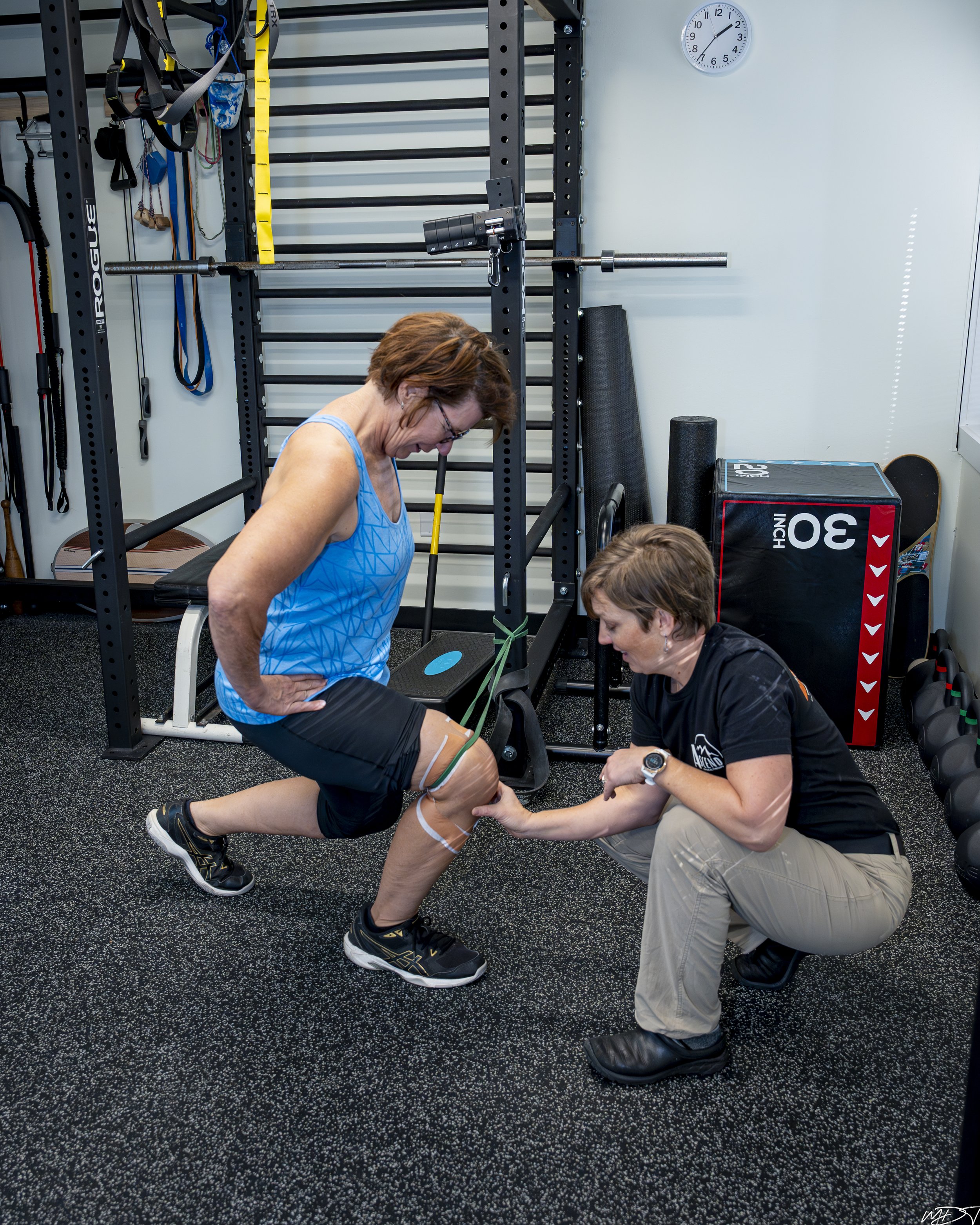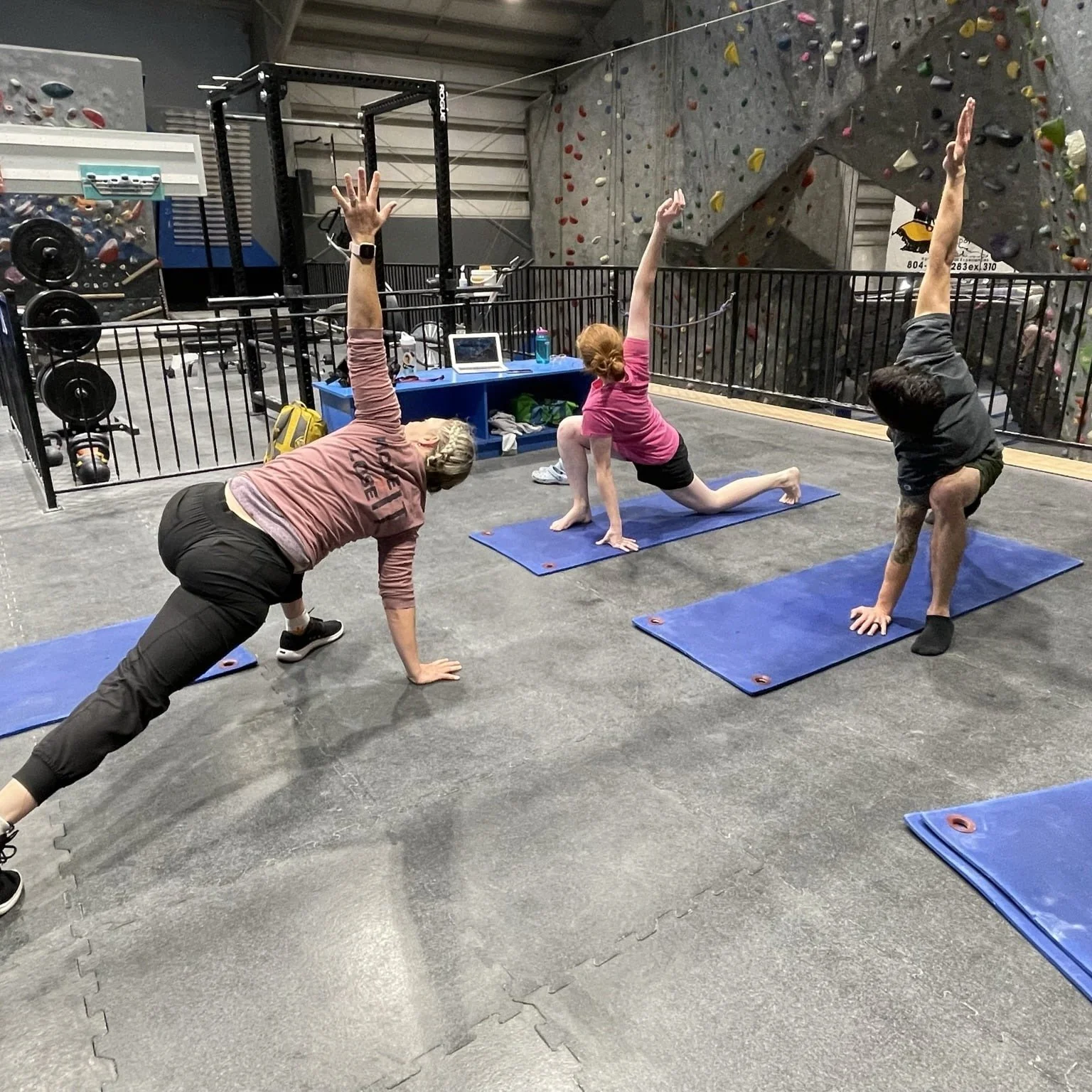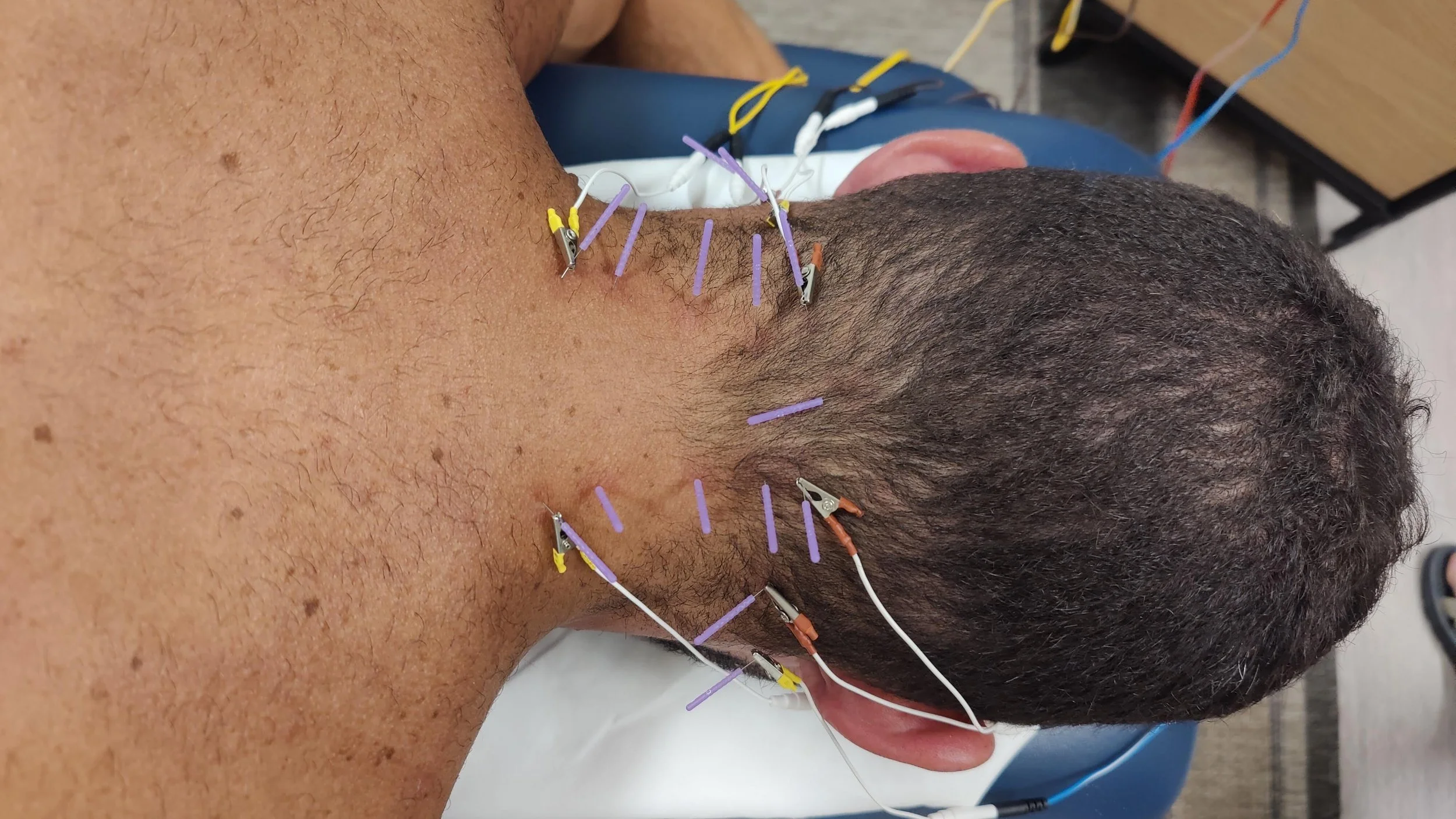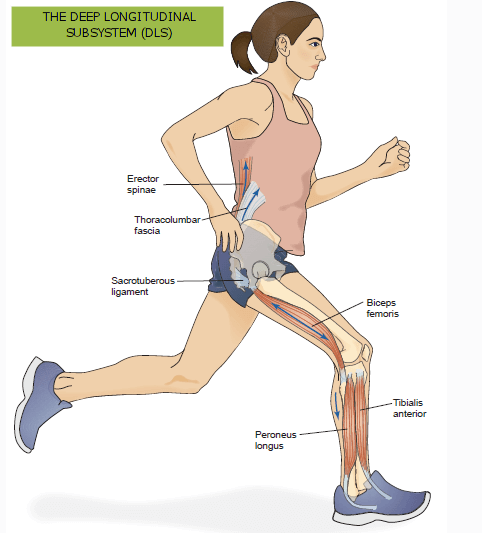There’s a method to what we do. Here are some of the thoughts behind them.
Beyond Pain Relief: How Ascend PT Helps Richmond Athletes Build Strength & Longevity
If you’re an athlete, an outdoor enthusiast, or someone who thrives on movement, you know that pain is more than just discomfort—it’s a roadblock that keeps you from doing what you love. Traditional physical therapy often takes a reactive approach, focusing on short-term relief and symptom management. But what if physical therapy could be something more? What if it wasn’t just about recovery but about unlocking your full movement potential?
The Physical Therapist’s Role in Off-Season Training for Athletes
The off-season is a critical period for athletes—not just for rest, but for recovery, injury prevention, and performance improvement. While competition seasons push the body to its limits, the off-season offers a valuable opportunity to address weaknesses, improve strength, and fine-tune movement mechanics.
The Role of Physical Therapy in Accelerating Post-Surgery Recovery in Richmond
Surgery is often a critical step in restoring health and mobility, but the recovery process is just as vital for achieving long-term success. Post-surgery rehabilitation requires a focused and personalized approach to regain strength, restore function, and prevent complications. In Richmond, VA, Ascend Physical Therapy specializes in post-surgical recovery programs designed to accelerate healing and help patients return to their daily lives with confidence. Through expert care and evidence-based practices, Ascend ensures every patient’s recovery journey is smooth and effective.
Unlocking Strength and Mobility with Richmond’s Ascend Physical Therapy Programs
Strength and mobility are the cornerstones of a healthy and active lifestyle. Whether recovering from an injury, managing chronic pain, or seeking to enhance athletic performance, maintaining both strength and mobility is essential for achieving physical goals. In Richmond, VA, Ascend Physical Therapy offers comprehensive programs designed to help individuals unlock their potential. With a personalized approach that blends evidence-based techniques and expert care, Ascend empowers patients to move confidently and live pain-free.
Post-Surgery Recovery: How Physical Therapy Aids in a Faster, Healthier Recovery in Richmond
Undergoing surgery can be a challenging and overwhelming experience, but recovery doesn’t have to be. Physical therapy plays a critical role in post-surgical recovery, helping patients regain strength, mobility, and function while reducing pain and the risk of complications. In Richmond, physical therapists at Ascend Physical Therapy provide personalized care that ensures a smooth and effective recovery, allowing patients to return to their normal activities faster.
Pain Management and Rehabilitation: Customized Physical Therapy Plans in Richmond
Living with pain, whether it’s from an injury, chronic condition, or surgery, can severely affect your quality of life. Fortunately, physical therapy offers a personalized and non-invasive approach to pain management and rehabilitation. Ascend Physical Therapy in Richmond, VA, specializes in developing customized treatment plans that address each individual’s unique needs. By focusing on pain reduction, improved mobility, and long-term recovery, physical therapy helps patients regain control over their lives and return to their daily activities without discomfort.
Ascend Physical Therapy: Your Journey to Pain-Free Living in Richmond, VA
At Ascend Physical Therapy in North Chesterfield, VA, we believe that movement is medicine. Whether you're recovering from an injury, managing chronic pain, or looking to optimize your athletic performance, our dedicated team is here to guide you every step of the way.
Hamstrings: Cohesive group or frenemies?
The hamstrings are a set of 3 muscles on the back of our thigh that is often lumped together into one group. However, individually they are set up to contribute to our movement in very different- and sometimes opposing ways.
The biceps femoris is a major muscle in the Deep Longitudinal Subsystem. It runs from our pelvis to our lower leg and is important for bending our knee and extending our hip. This muscle also helps keep our knee stable and helps control our pelvis when we walk or run.
The most common dysfunctional pattern of the biceps femoris is to be overactive and tight. This is in direct contrast to the other two muscles of the hamstring group- the semitendinosus and semimembranosus. These muscles are set up to contribute to the work of our Deep Front line as well as lower leg function...and they tend to be weak.
Maybe I’ll finally convince you: Warm-ups are real.
Why is the warm-up so critical to a better practice? What does the single-leg deadlift have to do with injury prevention?















